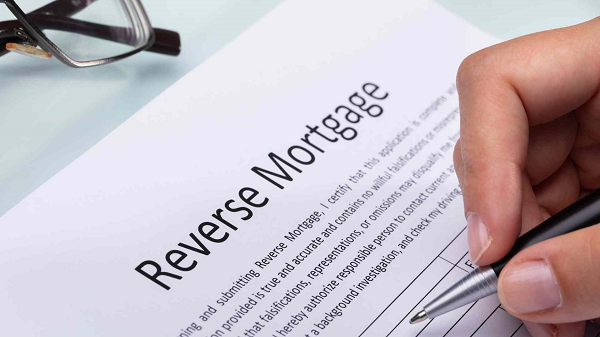As the global population ages, financial solutions aimed at supporting retirees are becoming more significant.
One such option is a reverse mortgage, a financial product designed to provide income to homeowners during retirement by leveraging the value of their homes.
Here’s a comprehensive guide to understanding reverse mortgages, how they work, and whether they might be the right fit for you or your loved ones.
What is a Reverse Mortgage?
A reverse mortgage is a loan available to homeowners, typically aged 62 or older, that allows them to convert part of their home’s equity into cash. Unlike a traditional mortgage, where borrowers make monthly payments to the lender, with a reverse mortgage, the lender pays the borrower.
This arrangement provides financial relief for retirees who may have limited income but substantial equity in their homes. The borrower retains ownership and can live in the home as long as it remains their primary residence and they comply with loan terms.
How Does a Reverse Mortgage Work?
The mechanics of a reverse mortgage are relatively straightforward:
- Eligibility: The homeowner must meet age requirements (usually 62 or older) and have significant equity in their home.
- Loan Amount: The loan amount depends on the homeowner’s age, the home’s value, and current interest rates. Older borrowers and those with higher-value homes may qualify for more significant amounts.
- Loan Payout Options: Borrowers can choose to receive the funds as a lump sum, monthly payments, a line of credit, or a combination of these options.
- Repayment: The loan is repaid when the homeowner moves out, sells the home, or passes away. Repayment typically comes from the sale of the property.
Types of Reverse Mortgages
- Home Equity Conversion Mortgage (HECM): The most common type, insured by the Federal Housing Administration (FHA). It offers consumer protections but has strict eligibility and loan limits.
- Proprietary Reverse Mortgage: These are private loans offered by banks or financial institutions, often suitable for higher-value homes.
- Single-Purpose Reverse Mortgage: Offered by local governments or nonprofits, these are typically used for specific purposes, such as home repairs or property taxes.
Advantages of a Reverse Mortgage
- Access to Cash: Provides a steady income stream or lump sum to help cover living expenses, healthcare, or other needs.
- No Monthly Payments: Borrowers are not required to make monthly payments, freeing up their budget.
- Retain Ownership: Borrowers remain the legal owners of their homes.
- Flexible Payment Options: Borrowers can choose how they wish to receive their funds.
Potential Risks and Drawbacks
- High Costs: Reverse mortgages often come with high upfront fees, including origination fees, mortgage insurance premiums, and closing costs.
- Reduced Equity: The loan eats into the equity, leaving less inheritance for heirs.
- Repayment Triggered by Noncompliance: Failing to pay property taxes, insurance, or maintain the home can lead to foreclosure.
- Complexity: Understanding the terms and implications requires careful analysis.
Who Should Consider a Reverse Mortgage?
A reverse mortgage can be a good option for:
- Retirees needing additional income to cover living or medical expenses.
- Homeowners planning to stay in their homes long-term.
- Individuals with no immediate plans to leave their home as inheritance.
It might not be suitable for those:
- Who wish to leave their home intact for heirs.
- Who may struggle to maintain property tax and insurance payments.
- Who plan to move within a few years.
How to Apply for a Reverse Mortgage
- Counseling: Prospective borrowers must undergo counseling with an FHA-approved counselor to understand the implications and alternatives.
- Assessment: A lender will assess your home’s value and equity.
- Application: Submit your application along with necessary documentation.
- Loan Approval and Disbursement: After approval, funds will be disbursed based on the chosen payment structure.
Alternatives to Reverse Mortgages
- Home Equity Line of Credit (HELOC): Offers a flexible borrowing option against home equity with lower upfront costs.
- Downsizing: Selling a larger home and moving to a smaller, less expensive one can free up equity.
- Renting: Moving out and renting the home can generate income.
- Personal Loans or Retirement Accounts: Drawing from savings or securing a loan may be less expensive than a reverse mortgage.
Key Takeaways
A reverse mortgage can provide financial stability to retirees, offering them a way to access their home’s equity without selling or moving. However, potential borrowers must weigh the benefits against the costs and risks. Consulting with financial advisors and exploring all alternatives is essential before committing to a reverse mortgage.
Is a reverse mortgage the right choice for you? The answer depends on your unique financial situation, long-term goals, and willingness to understand the intricacies of this financial product.
Also Read
Why America’s Freedom Mortgage has something for everyone
Understanding mortgage rates: A guide for first-time homebuyers

